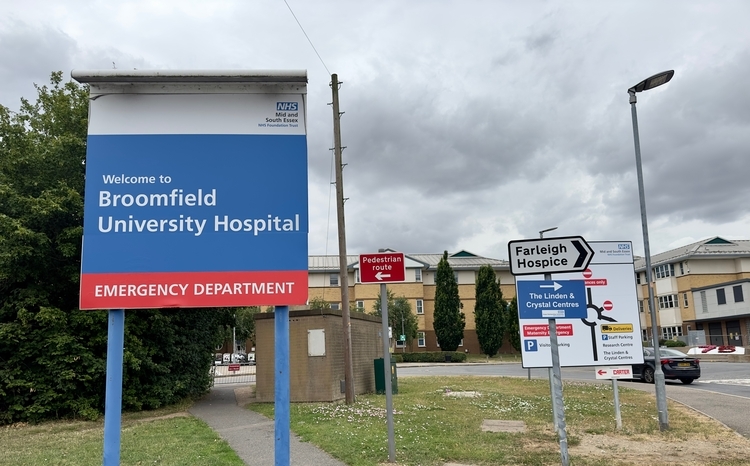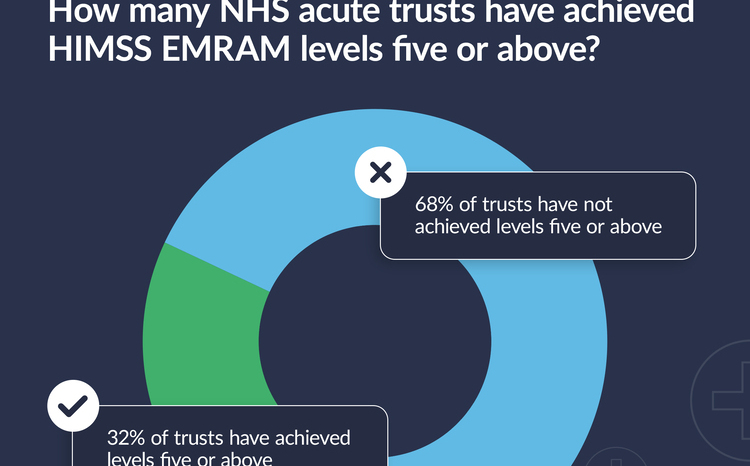IT Strategy – You Have Your Say
- 13 June 2002
E-Health Insider’s request for fantasy IT strategies for the NHS struck a chord with many of you who sent in a range of suggestions over the course of the week.
A common theme was the feeling that any new IT strategy must have a strong thread of cultural change and people management, and that a successful strategy would be as much about people as technology.
” If people do not believe in the priority of IT to fund it properly now – why should they be enthusiastic about it when major new funds and strategy come from the centre?” asked an IT manager.
”To implement successful IT, we will need to invest time, effort and ability, not just new money. Something will need to be done about belief in IT as well as provision of resource. That also means IT being seen to really help the practitioners/clinicians with the information they need when they want it. The "management information" aspect will need to take second place to this,”
Another wrote, “A major change management programme should be started to change the culture of the NHS staff, ensure that the clinicians take ownership of the implementation and train executive managers and how to manage with information systems
The same reader had a menu of other strategic suggestions:
- The information requirements of the National Service Frameworks should be co-ordinated with the IT strategy/plans and fit the same timescales
- The modernisation drive in the key health areas should include the use of IT to improve the effectiveness of the programmes.
- The responsibility for designing and delivering the solutions should be at local level. Large national programmes rarely deliver. Standards should be set in the centre.
- Implement an audit programme to ensure that planned improvements are actually delivered.
The need to focus IT on generating practical benefits for users was emphasised by another respondent who suggested the strategy should focus on providing information that is required by NHS staff through one web portal or gateway to information.
”All NHS staff, whether they be medical, pharmacy, or managerial/ operational, should be in position to access (a) confidently and (b) fast and real time, their customised website for all their information exchanges and technologically assisted duties. In this customisation, NHS external stakeholders will be satisfied through optimisation of time and skill; NHS internal stakeholders will be personally satisfied with a modernised and dependable system,” wrote our fantasy strategist.
A trust chairman meanwhile drew up a list of “fundamental problems” with current NHS IT strategy:
- Hardware is bought on price, not reliability
- Systems are procured based on the current immediate need
- Entire health economies do not develop a unified strategic plan for IT
- The NHS culture is risk averse and this will often shut the door on anything which is too innovative or unproven
- guaranteed monies for IM&T (untouchable) that will reach the specific areas e.g. secondary care
- guidance on scoping of electronic records e.g. when developing order comms follow this guidance…
- reduced bureaucracy e.g. business cases (takes around 20+ months for EPR)
- close integration between primary and secondary care
- focused systems to work from e.g. GPs have many different systems – makes integration and information sharing more difficult
- nationally approved systems by the NHSIA i.e. a trust wishing to purchase an EPR system picks from 5 NHSIA approved suppliers (on GCAT)
- guidance on some aspects of data security e.g. sending electronic messages between Trust and GP
Another respondent reminded us of the historical context of current strategy debate and pointed out that the supposedly ‘new’ national approach had been tried and failed before.
He wrote, “In the early 1970s the NHS/Government introduced a standardisation policy for IT in the NHS. Standardisation would be on ICL hardware and packages would be developed within the service at various regional offices. The Standard Payroll (North West), Accounting (West Midlands), Patient Administration (West Midlands) and Child Health (Welsh Health) Systems are examples of what was achieved.
”There were two major problems with this strategy, firstly there was no one with the authority to tell the various hospitals and authorities to adopt a standard approach to how they ran their services and so the applications were tailored to incorporate numerous local requirements. The result was monolithic systems which were complex to maintain and update and required lots of processing power to run. The only exception to this was probably the Child Health System.
“Secondly the technology and the technical infrastructure were not good enough. This was not a problem with ICL hardware and software – the George 3 Operating system was well in advance of its time – it was just the state of the art at that time.
”Then we entered the phase in the NHS where all centralisation was taboo and a plethora of local solutions were implemented with little regard to any national strategy, if indeed there was one.
”Has the pendulum now swung back?" asked the veteran NHS IT manager, a question echoed by several readers.
"If it has there are two issues – one good, one bad – one very important question. That question is whether the centre now strong enough to enforce standards. If not, the strategy will never successfully deliver a National Health Service.
“If the answer to the question is yes then, on the good side, technology is now capable of supporting a National Health Service, though there is a lot of infrastructure to install.
”On the bad side we have lost the capability to develop NHS-owned National Systems and this is the thing that will prevent the development (and sustainability) of a National Service as envisaged.”
Whether the centre has the determination and long-term commitemnt to enforce standards and perservere with the new central strategy without ripping it up and starting again in a couple of years remains to be seen.
One last fantasy strategist, took the fantasy element a bit too literally, and basically described the sick bay of the Starship Enterprise as the kind of technology he’d like to see, calling for more tricorders, Star Trek-style uniforms, and usefully pointing out that "holographic doctors would help overcome staff shortages".
Nice idea, but even virtual doctors would probably still insist on their right to private practice, play golf and grumble that their brothers earns three times as much as a lawyer in the City.
Finally, and sorry to point this out, but no one directly mentioned patients in their fantasy IT strategies.




